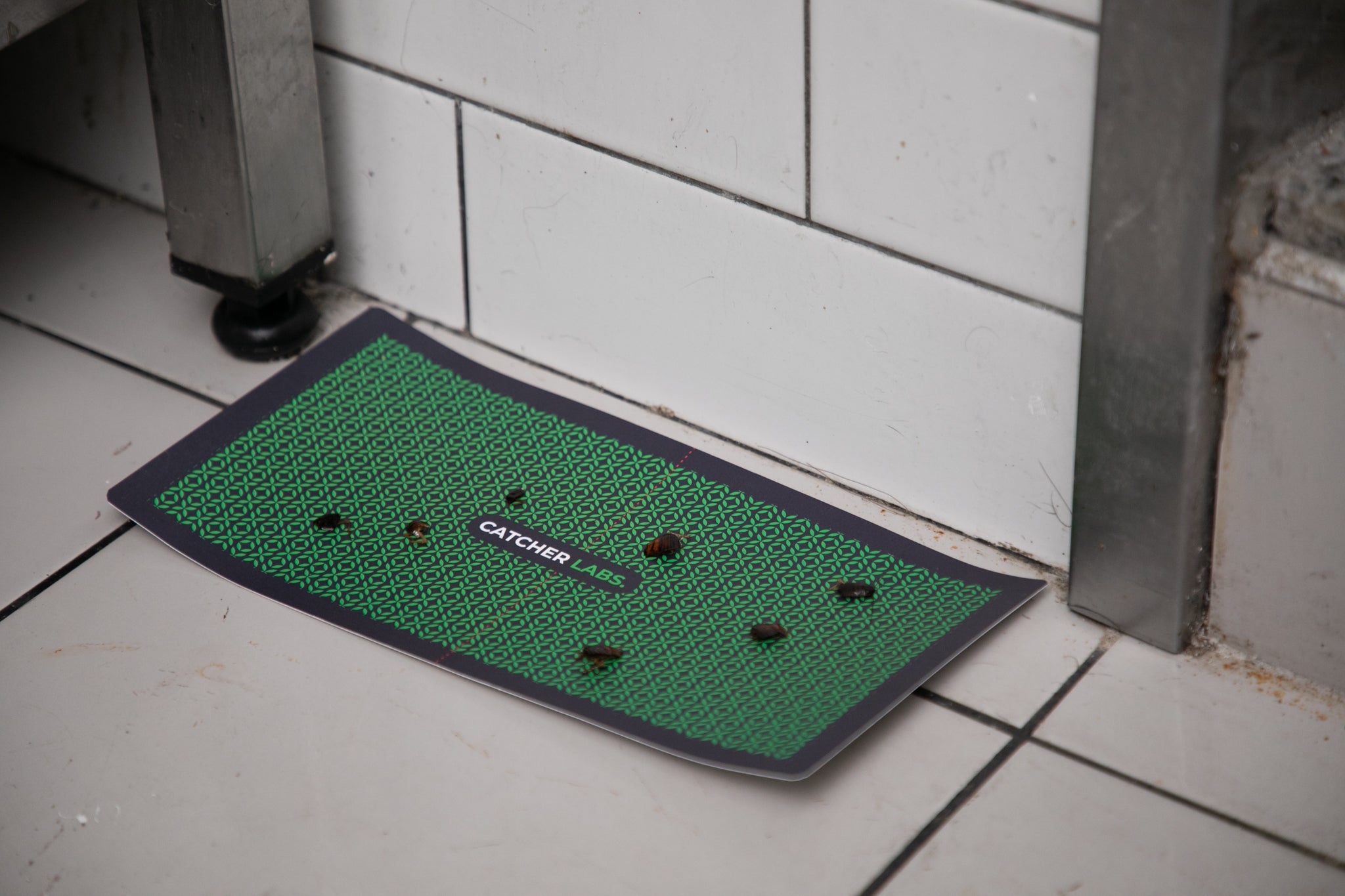Household pests can be a nuisance and, in some cases, cause significant damage. Understanding their behavior, the potential harm they can cause, and how to effectively manage them is crucial for maintaining a healthy living environment. In this post, we'll explore some common household pests, natural solutions for control, their seasonality in the United States, and encourage you to visit our store for more insights and products.
Here is brief information on common household pests;
Cockroaches
Characteristics: Known for their resilience and rapid reproduction.
Behavior: Nocturnal, attracted to food and moisture.
Damage: Spread bacteria, worsen allergies, contaminate food.
Natural Solutions: Cleanliness, sealing entry points, natural pre-baited traps.
Seasonality: Year-round, but more active in warmer months.
Spiders
Characteristics: Predators, feed on insects.
Behavior: Prefer secluded areas; some species are web builders.
Damage: Mostly harmless, but can be a nuisance; some species have harmful bites.
Natural Solutions: Essential oils, keeping areas clutter-free, controlling other insect population and using spider traps.
Seasonality: Typically, more visible in fall as they seek warmth.
Centipedes
Characteristics: Multi-legged and fast-moving.
Behavior: Hide in damp areas, nocturnal predators.
Damage: Rarely bite, but can be unsettling.
Natural Solutions: Dehumidifiers, sealing cracks, reducing clutter, traps work but must be placed in the right spot.
Seasonality: More prevalent in spring and fall.
Scorpions
Characteristics: Arachnids with a stinging tail.
Behavior: Predatory, often found in dry regions.
Damage: Stings can be painful, potentially dangerous to sensitive individuals.
Natural Solutions: Seal entry points, remove debris, control other insects, natural glue traps.
Seasonality: Active in warmer months, seek shelter in cold.
Ants
Characteristics: Social insects, known for their structured colonies.
Behavior: Attracted to food, especially sweets and fats.
Damage: Contaminate food, can harm structures (like carpenter ants).
Natural Solutions: Vinegar solutions, cinnamon, peppermint oil, ant baits.
Seasonality: Most active in spring and summer.
Moths (Clothes and Pantry)
Characteristics: Varies between clothes moths and pantry moths.
Behavior: Clothes moths target fabrics; pantry moths infest dry goods.
Damage: Damage clothing, contaminate food.
Natural Solutions: Cedar planks, closet and pantry traps, lavender, airtight containers for food.
Seasonality: Common throughout the year, but peak in warmer months.
Crickets
Characteristics: Known for their chirping sounds.
Behavior: Attracted to warm, moist environments.
Damage: Can damage fabrics, paper products, and plants.
Natural Solutions: Reduce moisture, seal entry points, natural pre-baited glue traps.
Seasonality: More active in late summer and fall.
Silverfish
Characteristics: Small, wingless insects with a fish-like appearance.
Behavior: Prefer damp, dark areas like basements and bathrooms.
Damage: Feed on books, wallpaper, and starchy materials.
Natural Solutions: Dehumidifiers, diatomaceous earth, cucumber peels.
Seasonality: Year-round, with a preference for humid conditions.
Bedbugs
Characteristics: Small, reddish-brown, and elusive.
Behavior: Feed on human blood, often found in bedding and furniture.
Damage: Cause itchy bites, psychological distress.
Natural Solutions: Frequent vacuuming, heat treatment, encasements for mattresses.
Seasonality: Active year-round but may peak in summer.
Rats
Characteristics: Larger than mice, intelligent, and adaptable.
Behavior: Omnivorous, known to gnaw on various materials.
Damage: Spread diseases, damage structures and wiring.
Natural Solutions: Secure food sources, seal entry points, non-toxic glue traps.
Seasonality: More likely to enter homes in fall and winter.
General Tips for Pest Prevention:
Maintain Cleanliness: Regular cleaning reduces food sources for pests. Removing or sealing open food and water from areas is the first step to take. Insects live on survival instinct of finding water and food.
Control Moisture: Fix leaks and use dehumidifiers in damp areas. All major household insects tend to find spots with high humidity and warmth.
Seal Entry Points: Check for and seal any cracks or openings. These cracks can be barely visible to the naked eye. It is worth investigating carefully to not leave any weak links behind.
Natural Solutions: Use natural insect sprays, oils, traps, diatomaceous earth, and natural deterrents.
For more detailed solutions, tips, and a range of effective products, check our natural and safe for the whole family solutions here. We provide tailored advice and high-quality products to tackle any pest problem you may face.
Dealing with household pests requires a combination of knowledge, preventive measures, and the right tools. By understanding the specific habits and needs of each pest, you can create a safer, more comfortable living space.

